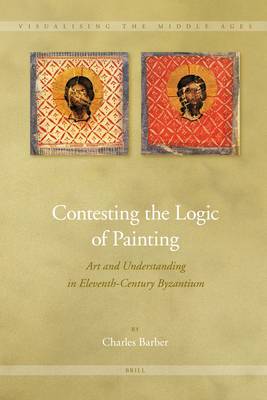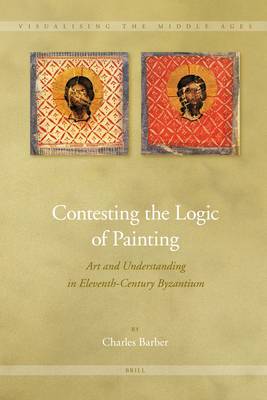
- Afhalen na 1 uur in een winkel met voorraad
- Gratis thuislevering in België vanaf € 30
- Ruim aanbod met 7 miljoen producten
- Afhalen na 1 uur in een winkel met voorraad
- Gratis thuislevering in België vanaf € 30
- Ruim aanbod met 7 miljoen producten
Zoeken
Omschrijving
Studies of the icon in Byzantium have tended to focus on the iconoclastic era of the eighth- and ninth-centuries. This study shows that discussion of the icon was far from settled by this lengthy dispute. While the theory of the icon in Byzantium was governed by a logical understanding that had limited painting to the visible alone, the four authors addressed in this book struggled with this constraint. Symeon the New Theologian, driven by a desire for divine vision, chose, effectively, to disregard the icon. Michael Psellos used a profound neoplatonism to examine the relationship between an icon and miracles. Eustratios of Nicaea followed the logic of painting to the point at which he could clarify a distinction between painting from theology. Leo of Chalcedon attempted to describe a formal presence in the divine portrait of Christ. All told, these authors open perspectives on the icon that enrich and expand our own modernist understanding of this crucial medium.
Specificaties
Betrokkenen
- Auteur(s):
- Uitgeverij:
Inhoud
- Aantal bladzijden:
- 179
- Taal:
- Engels
- Reeks:
- Reeksnummer:
- nr. 2
Eigenschappen
- Productcode (EAN):
- 9789004162716
- Verschijningsdatum:
- 21/09/2007
- Uitvoering:
- Hardcover
- Formaat:
- Genaaid
- Afmetingen:
- 166 mm x 243 mm
- Gewicht:
- 562 g

Alleen bij Standaard Boekhandel
+ 427 punten op je klantenkaart van Standaard Boekhandel
Beoordelingen
We publiceren alleen reviews die voldoen aan de voorwaarden voor reviews. Bekijk onze voorwaarden voor reviews.








